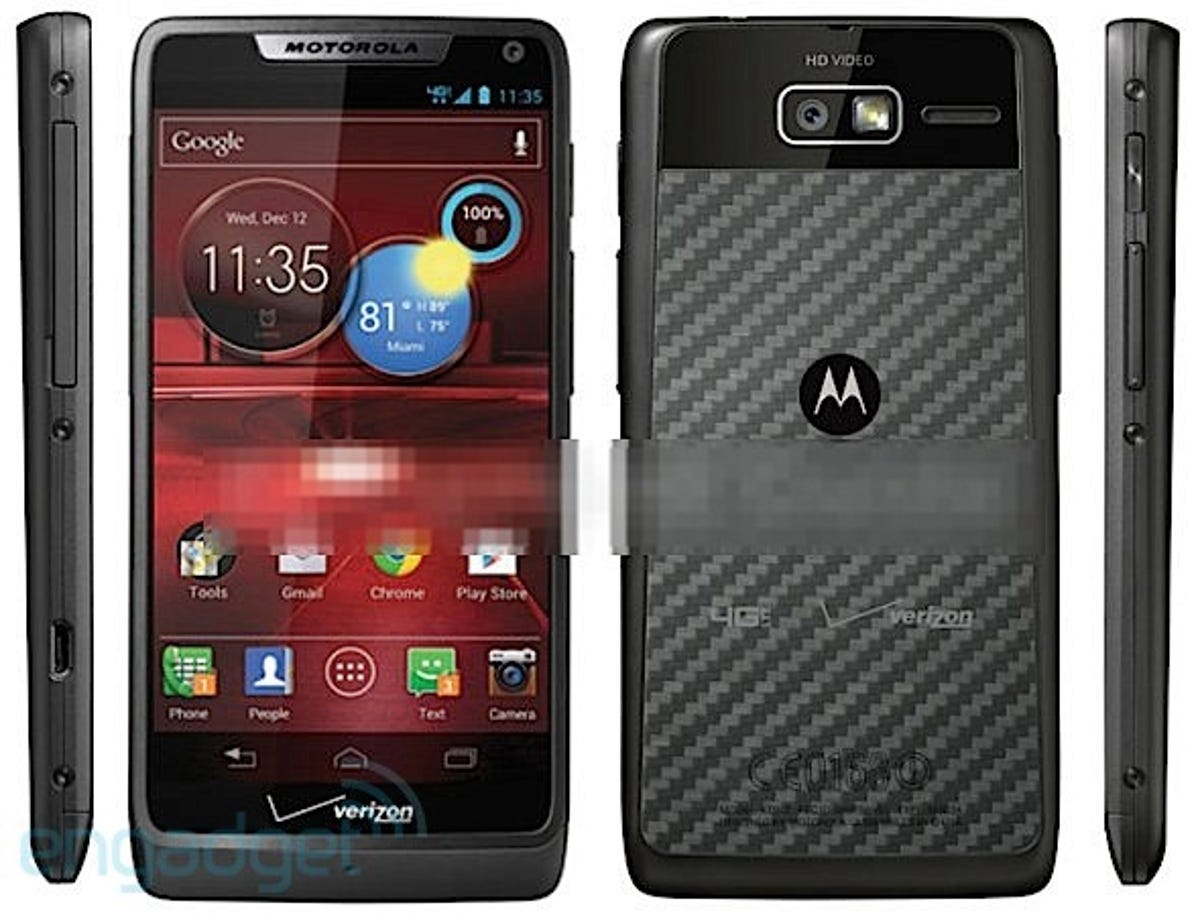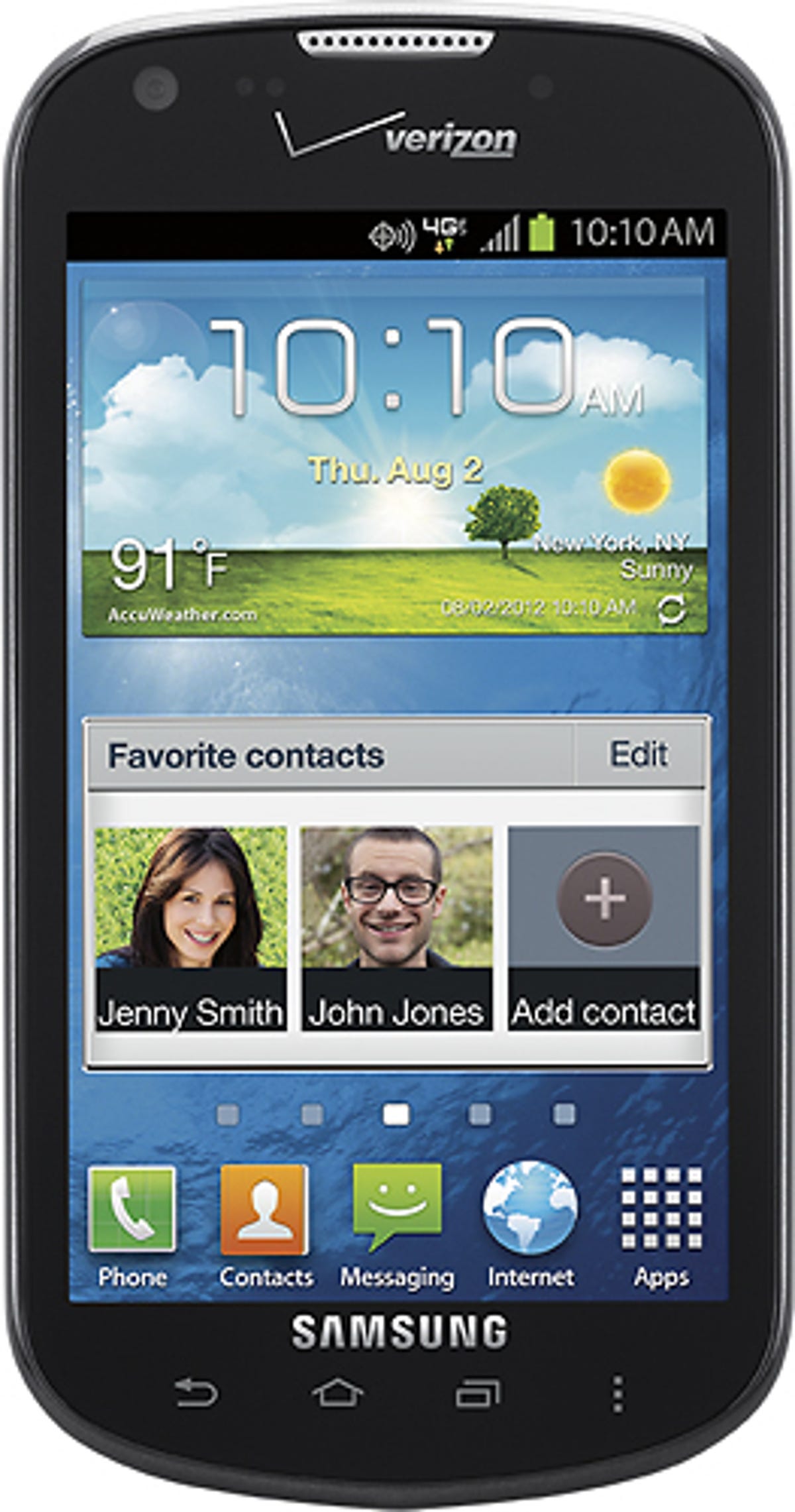commentary Take a look at the recent Android smartphone announcements from the middle of 2012 and you’ll see quite a few devices at $99 or below. Does this mean that consumers are being subjected to a barrage of shoddy hardware with poor specifications? Hardly.
Funny how fast things move
These days, a dual-core smartphone with a 960×540-pixel display counts as entry level, but it wasn’t all that long ago that this screen resolution merited a high-end device. Remember the Droid Bionic? That thing cost $299 when it arrived just one year ago, and only offered consumers a 1GHz dual-core processor, 512MB RAM, and a 960×540-pixel qHD display. Widely considered one of the smartphone options for its time, the hardware pales in comparison to today’s low-priced alternatives.
Defining today’s ‘entry-level’ Android
While the typical low-end Android phone commonly features a single-core processor, we’re increasingly finding dual-core 1GHz CPUs, or faster, in the bargain bins. On the memory front we see that the days of 384MB RAM are behind us, as many of today’s Android phones come with 512MB and 1GB RAM. Internal storage has crept up a bit, often starting at 4GB, and is often complemented by microSD expansion.
As screen technologies continue to improve, most of today’s Android handsets come with 800×480-pixel or 960×540-pixel display resolutions on much larger screens. Display sizes have slowly inched up from 3.2 inches and 3.5 inches, and now the norm seems to be around 4 inches. It isn’t uncommon to see an announcement for a $50 device that includes a 960×540 qHD display. Today’s Pantech Flex is a testament to that very statement.
I’m calling for the end of the “4G” suffix on smartphones, since almost all new releases come with support for 4G LTE or HSPA+. Save for the occasional ZTE Fury or Huawei-made T-Mobile Prism, nearly all Android smartphones are equipped to handle the faster network speeds. I’m looking right at you, Motorola Droid Razr M 4G LTE.


Engadget
The more things change…
Entry-level phones, no matter how inexpensive or outwardly attractive, will not provide the same experience as a more robust device.
After all, there’s a reason we employ a term such as “low-tier” to describe a handset. If you’re looking to save a few bucks and don’t care much about particle effects, realistic lighting, and true-to-life physics, then you’ll probably do just fine with something like today’s newly announced Samsung Galaxy Stellar. However, you may find yourself disappointed a year from now when your phone burps and chokes on the latest EA sports game.
It’s certainly worth noting that there’s a lot more that goes into a device beside the fact that it comes with a dual-core processor. Sure, speed cycles matter, but so does the type of chipset. As some readers may know, a Snapdragon S4 is considerably faster and more powerful than a Snapdragon S3, even if they both say “dual-core 1.5GHz processor” on the fact tag.
The same could be said about display technology and resolution: 720p HD screens are found on the top-shelf products as well as the more midrange models. What’s more, Motorola’s recent Android phones feature a much better image thanks to its ColorBoost enhancement. Sony does something along these lines, employing Reality Displays and Mobile Bravia Engine on some of its better models. Let’s also not forget IPS technology, which provides for a more true color and better outdoors viewing.
We’re not yet at a point where low-end devices are coming with these types of nuances. Remember mom and dad’s old adage that you get what you pay for? That still holds true for today’s Android. On a somewhat related note, I’ll be curious to see if we’re talking about 720p being standard a year from now. Given that HTC is rumored to soon unleash a 5-inch model with a 1,920×1,080-ipixel display, we should expect other companies to follow suit.
While it may seem as if Android camera technology has stayed put, hovering around 8 megapixels for the better part of two years, that’s hardly the case. Things have moved forward quite a bit over the last couple of cycles as HTC, Sony, and other phone makers enhance the experience with proprietary software or special features.


Best Buy
As someone who used to equate more megapixels with a better camera, I’ve since come to appreciate touches such as shutter speeds and a backside illumination sensor. That said, we should eventually see low-tier Android phones finally move away from 3.2-megapixel and 5-megapixel cameras. After all, we have to make room for the 12-megapixel models, right?
There also a few other items to consider when comparing classes of Android phones, including Bluetooth technology and microSD support. As things continue to move forward in these areas, we see that today’s higher end offers Bluetooth 4.0 and allow up to 64GB expansion. While these might not matter to most users, it’s the details that help make informed decisions.
It’s Android we’re talking about, after all
Surely you didn’t think you would go a whole week without hearing about Android fragmentation, did you?
One of the key components that separates today’s various models is what version of Android they happen to run. Ask a fanboy what they expect a new handset to have and it will be 4.0 Ice Cream Sandwich or 4.1 Jelly Bean. The very notion that someone would release a phone with a 2.3 Gingerbread experience (Sony Xperia Ion) is laughable to these guys.
On the other hand, the first-time buyer won’t likely know the difference. Show them Angry Birds, Gmail, Facebook, and Instagram and they’ll probably be happy. Having said that, you can bet that a 15-year-old high school student will gripe to their parents that they can’t access Google Now.That’s the double-edged sword of these low-priced phones. Carriers are doing their best to ensure mom and dad outfit the entire family with smartphones on a shared data plan. In order to do so, providers have to make it affordable up front.
A year from now
As fast as things have moved over the past few years, it’s hard to say where we’ll be come summer 2013. It’s probably a safe bet to say that we’ll be getting faster dual-core processors in our entry-level phones. What’s more, we may get to a point where quad-core sneaks in here and there. As to how soon largely depends on when we get a quad-core CPU and LTE into our smartphones, on a regular basis.
It blows my mind to think about it, but tomorrow’s first-time Android experience might come with 16GB internal storage, 2GB RAM, and a 720p display. And while I concede that we just started getting that stuff in our smartphones, 12 months will make a world of difference.
What do you think we’ll get in an Android 5.0 Key Lime Pie-powered Droid VI HD 4G LTE+? What will constitute bottom of the barrel for Android in 2013?



